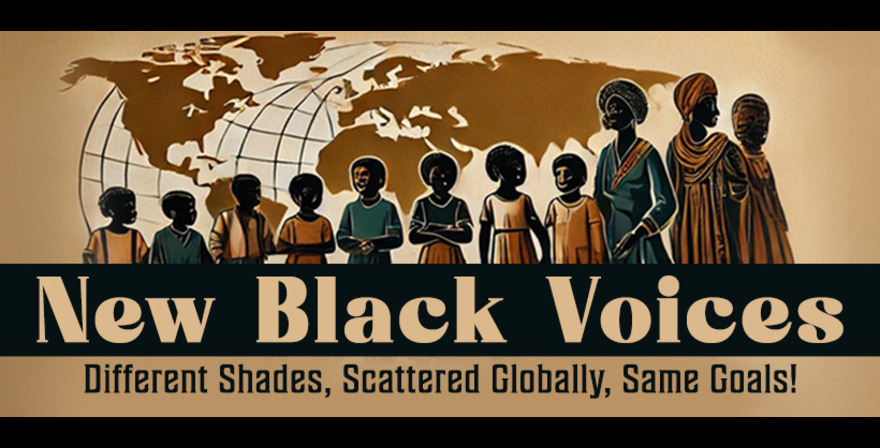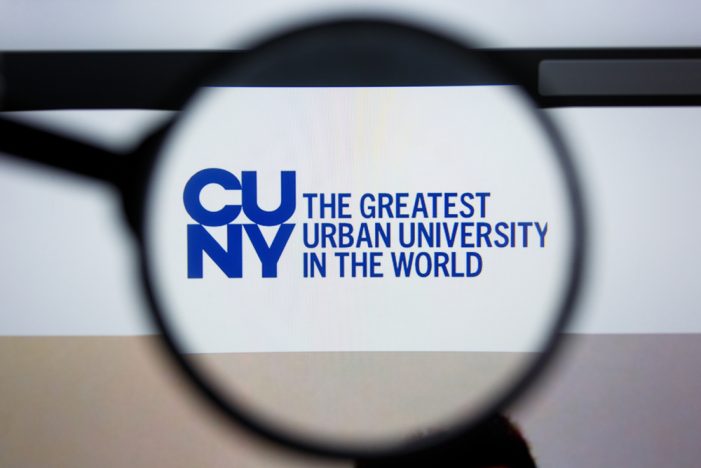Editorial credit: II.studio / shutterstock.com
As New York City prepares for its 2025 mayoral election, voters and students alike are paying close attention to the future of public education. In particular, the affordability and accessibility of the City University of New York (CUNY) system have emerged as critical issues. CUNY, historically known as a gateway to economic mobility, faces mounting challenges that candidates must address if they are to present credible education platforms. Additionally, broader concerns surrounding K–12 education funding, teacher support, and workforce readiness have sharpened the focus on education policy citywide.
Rising Costs of CUNY Education
Although CUNY remains among the more affordable public university systems nationwide, tuition and related costs have steadily increased over the past decade. In-state tuition currently hovers around $8,000 annually, excluding additional fees, textbooks, and living expenses. Many students, particularly from low- and middle-income families, find themselves taking on substantial debt or juggling work and study obligations. Candidates will need to present plans for mitigating tuition hikes, expanding financial aid opportunities, and addressing the “hidden costs” that burden CUNY students.
Public Investment and Funding Stability
Declining public investment in higher education has placed strain on institutions like CUNY. Students’ tuition dollars now account for a significant portion of operating budgets, a shift from the system’s original model of being heavily publicly funded. Candidates must articulate strategies for restoring stable funding sources, whether through city, state, or federal partnerships. Proposals may include advocating for baseline funding increases or developing public-private collaborations to supplement institutional budgets.
Food, Housing, and Basic Needs Security
Surveys have revealed high rates of food insecurity, housing instability, and financial hardship among CUNY students. These issues, closely tied to educational success, require comprehensive solutions. Candidates are expected to propose initiatives such as expanding access to emergency grants, developing affordable student housing, and partnering with non-profit organizations to address students’ basic needs.
Expanding Access and Equity
While initiatives like the Excelsior Scholarship have broadened access to tuition-free education for some, many students—particularly part-time, undocumented, or adult learners—remain underserved. Candidates will need to outline plans for inclusive programs that lower barriers across demographic lines. Addressing language access, improving academic advising, and investing in support services for non-traditional students could feature prominently in these discussions.
Addressing Graduation Gaps at Medgar Evers College
One area of concern within CUNY’s landscape is the graduation gap at Medgar Evers College, where Black women earn degrees at significantly higher rates than Black men. Various factors contribute to this disparity, including systemic issues such as economic pressures, limited access to mentorship, and higher rates of interruption due to work and family responsibilities. To address this gap, candidates and policymakers must prioritize targeted retention strategies. These could include expanding mentorship programs focused on Black male students, increasing funding for on-campus support services, creating flexible scheduling options, and strengthening partnerships with local organizations to provide holistic support beyond academics. Bridging this graduation divide is crucial to ensuring that all students, regardless of gender, have equitable opportunities for success.
Broader Public Education Challenges
Beyond CUNY, New York City’s public education system faces its own challenges. Persistent achievement gaps, overcrowded schools, and teacher retention issues continue to impact K–12 education. Mayoral candidates must offer cohesive strategies that connect investments in early childhood education, K–12 schooling, and higher education to long-term economic and social outcomes for the city.
Conclusion
Education policy, particularly concerning CUNY and broader public schooling, will be a defining issue in the 2025 mayoral race. As voters and students assess the candidates, clear, actionable plans for affordability, equity, and educational quality will likely play a central role in shaping public support. In a city where education has long been viewed as a ladder to opportunity, addressing these challenges thoughtfully and sustainably will be key to ensuring New York’s continued growth and resilience.

